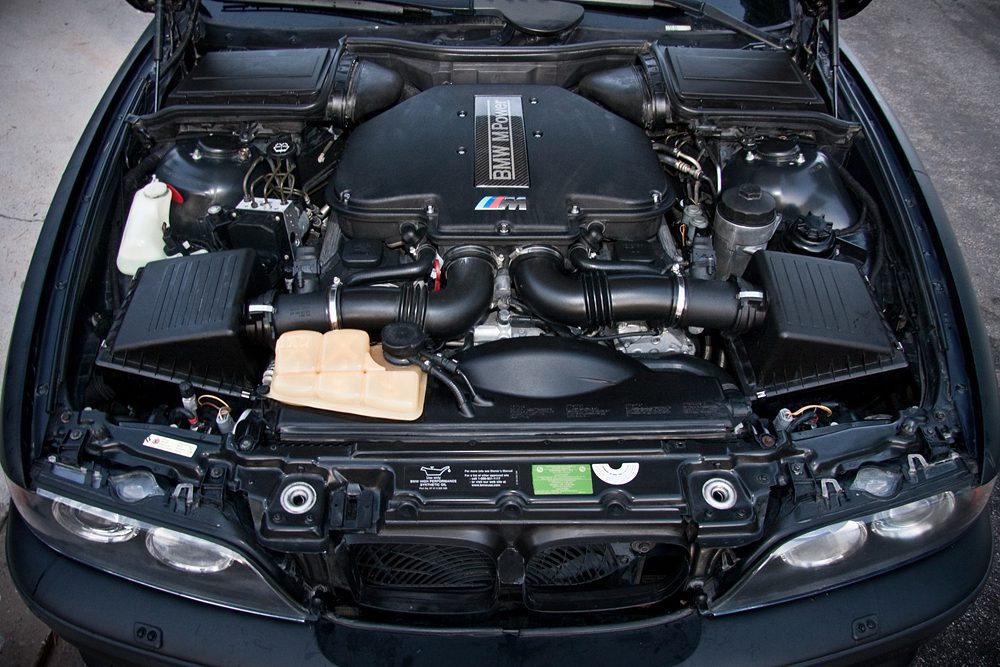Exploring the Inner Operation of a Compact Automobile's Engine System
As drivers, we commonly take for given the detailed processes that happen within the boundaries of our vehicle's engine system. In this expedition of a small lorry's engine system, we will certainly unravel the inner workings of this mechanical harmony, dropping light on the enigmas that drive us forward on our everyday journeys.
Burning Process Introduction
The burning process in a small automobile's engine system is a crucial system that successfully converts fuel into power to power the lorry. This process occurs within the combustion chamber of the engine, where gas and air mix, fire up, and create regulated surges. The combustion process contains four main stages: intake, power, exhaust, and compression.
During the consumption stage, the piston relocates downward, attracting a combination of air and fuel right into the combustion chamber. The following stage, compression, entails the piston moving upwards, compressing the air-fuel combination to enhance its effectiveness. Subsequently, in the power phase, the spark plug sparks the compressed blend, resulting in a fast expansion of gases that requires the piston pull back. This downward motion creates the power needed to drive the lorry. In the exhaust phase, the burned gases are gotten rid of from the burning chamber through the exhaust valve, preparing the chamber for the following cycle. This cyclic burning process is essential to the procedure of a compact car's engine system, making certain efficient energy conversion for propulsion.
Piston and Cyndrical Tube Interaction

The piston's specific fit within the cyndrical tube is essential for maintaining optimal compression and avoiding energy loss during combustion. Tight clearances in between the piston and cyndrical tube wall surfaces make certain reliable securing, enabling the piston to move smoothly without allowing gases to leak past. Correct lubrication is additionally essential to lower rubbing and use between these components, enhancing long life and efficiency.
In addition, the layout and products utilized in manufacturing the piston and cylinder influence engine effectiveness and toughness. Modern engines commonly utilize lightweight yet sturdy products like aluminum alloys for pistons and cylinder linings to decrease inertia and enhance thermal performance. Generally, the harmonious communication in between the piston and cylinder is basic to the engine's performance and overall efficiency.
Gas Injection System Capability
Fuel shot systems in small vehicle engines play an essential function in specifically providing fuel to the burning chamber for controlled and reliable ignition. The fuel shot system functions by infusing fuel right into the combustion chamber at the ideal minute during the engine's procedure (opel corsa engine). This accurate timing ensures that the fuel blends uniformly with the air for proper combustion, bring about enhanced gas efficiency and minimized emissions
There are mostly two types of gas injection systems utilized in portable car engines: port gas shot (PFI) and direct gas shot (DFI) PFI systems inject fuel right into the intake port before the consumption valve, while DFI systems inject gas straight into the combustion chamber. Both systems have their benefits, with DFI offering much better gas atomization and PFI providing a more economical solution.
Understanding Engine Air Conditioning Devices
Effective operation of a compact lorry's engine counts greatly on their website the effectiveness of its cooling mechanisms. The air conditioning system in a small car typically is composed of a number of components functioning with each other to regulate the engine temperature level. Recognizing these engine cooling devices is crucial for preserving the efficiency and durability of a compact lorry's engine system.

Exhaust System Elements Explained
The optimum performance of a compact lorry's engine air conditioning mechanisms relies on a corresponding system called the exhaust system, which consists of different vital components for making certain effective emissions and engine efficiency. The exhaust system includes parts such as the exhaust manifold, catalytic converter, muffler, and tailpipe. The exhaust manifold collects exhaust gases from the engine's cyndrical tubes and paths them to the catalytic converter. The catalytic converter then converts harmful toxins in the exhaust into much less hazardous exhausts before launching them through the muffler and tailpipe.
One important part of the exhaust system is the oxygen sensor, which keeps an eye on the oxygen degrees in the exhaust gases to help control gas intake and guarantee ideal engine efficiency. opel corsa engine. Additionally, the resonator may exist in some exhaust systems to decrease sound levels. Overall, the exhaust system plays an important duty in keeping engine effectiveness, minimizing dangerous exhausts, and making certain a quieter driving experience for compact automobile proprietors

Verdict
Finally, the portable lorry's engine system is a complicated mix of parts that collaborate to assist in the burning procedure, transform gas into energy, and remove waste gases. Comprehending the internal operations of the engine system, consisting of the piston and cylinder communication, gas injection system, engine air conditioning systems, and exhaust system parts, is crucial for maintaining optimal performance and effectiveness of the automobile.
The burning procedure in a small automobile's engine system is an essential device that successfully transforms gas right into power to power the automobile.Gas shot systems in small wikipedia reference car engines play an important function in exactly providing fuel to the combustion chamber for efficient and regulated ignition.There are mostly 2 types of fuel shot systems made use of in portable automobile engines: port fuel injection (PFI) and direct gas shot (DFI) Comprehending these engine cooling mechanisms is vital for keeping the efficiency and durability of a compact vehicle's engine system.
The optimum performance of a small vehicle's engine air conditioning devices depends on a corresponding system understood as the exhaust system, which comprises numerous necessary elements for guaranteeing efficient exhausts and engine More Bonuses performance.